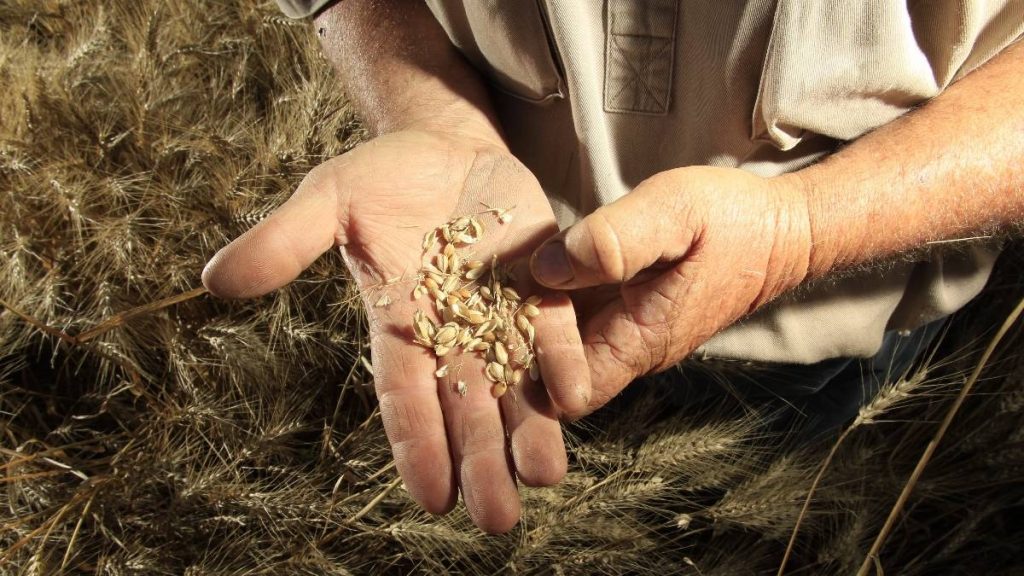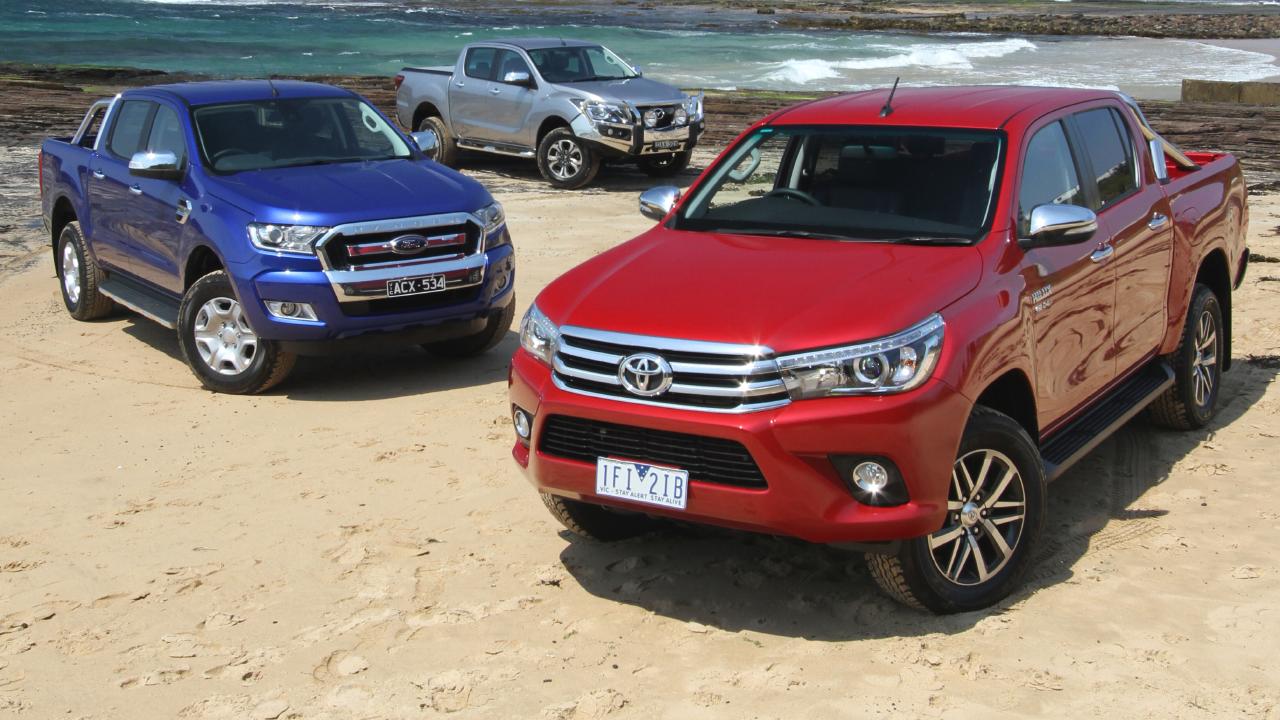
Dollars and Dirt #4
By Brian Watts
Now that the long hours have passed for another year, crops harvested, stored or sold, dollars in the bank or on the way, what next?
Many will be planning ahead to the next cropping season after a few weeks off hopefully!
Some might wonder was it all worthwhile and be asking what was the ‘bottom line’ for all the effort?
For many, on receiving their Tax and Profit Statements, the first question will be “How much tax?” Many will also ask “How did our farm go despite having a good feel overall based on yields and prices?”
For many, looking at the Profit or Loss (P & L) Report and or the tax return will not answer that question. Why is this so? Often the profit for ‘tax’ purposes will be very different to the bottom line in the P & L being out by ‘big’ (thousands) dollars. Depreciation is a ‘book entry’ and rarely reflects the real “loss of value” to the farming plant owned by a farming family. At 30% and now at a 100% write off until 30 June 2022 under the’ Covid19 economic incentives’, will distort the result. Sales of grain after 30 June; stocks of grain in silo’s, wool held over until after 30 June, no dollar value placed on farming family labour unless they are employed by the farm business, livestock valued at $4 at birth very conservatively valued, to name a few.
The median farm in our 2019 Wimmera farming KPI report had $8.2 million dollars of assets being managed; the median return on assets under management was 1.49%. Returns ranged from a high of 14% back to a minus 2%. These returns are on significant investments. Comparative returns are available against other options and most are aware of these.
With farming, we all are aware that taking one year alone can be very misleading, hence we tend to look at 5 year rolling averages. This was 2.3% taking a closer look at Wimmera farms, and consider what can be done? Some are under performers, and others are high achieving. We simply divide the sample into four quarters; the first being the top 25% and so on. This then tells us the strengths and weakness for 17 different areas, we now have a report on each farm’s strengths and weaknesses. The ‘lights are then turned on’ as we then are aware of what to work on if improvement is the goal.
Returning to the start of this article. Having removed the anomalies from the P & L and tax returns as listed above, our Wimmera Farm KPI Reports provide 17 realistic answers to “Are we in the top half or in the lower half?”
Not bad information to be had if one wants to get a fair return on their farm investment!
Most have heard of ‘Cost benefit’ appraisal. With the knowledge of a farm’s strengths and any weaknesses on 17 different fronts, Wimmera farmers can then follow a simple process to turn things around.
Many in business will have used the STOP, START, CONTINUE process to improve.
Farmers will be doing this every day, they will STOP what did not work, CONTINUE those practices that were successful, and START some that have been found to be helpful for other farmers or by their advisers. Simply select an aspect that needs improvement (LOW half KPI), and follow this process. Inputs, timing, crop selection, harvest, storage, marketing, are just a few topics that can be ‘worked’ on using this process to build on strengths and make changes to remove the weaknesses.
The Wimmera Farm KPI Report for 2020 will provide guidance on what to work on.





